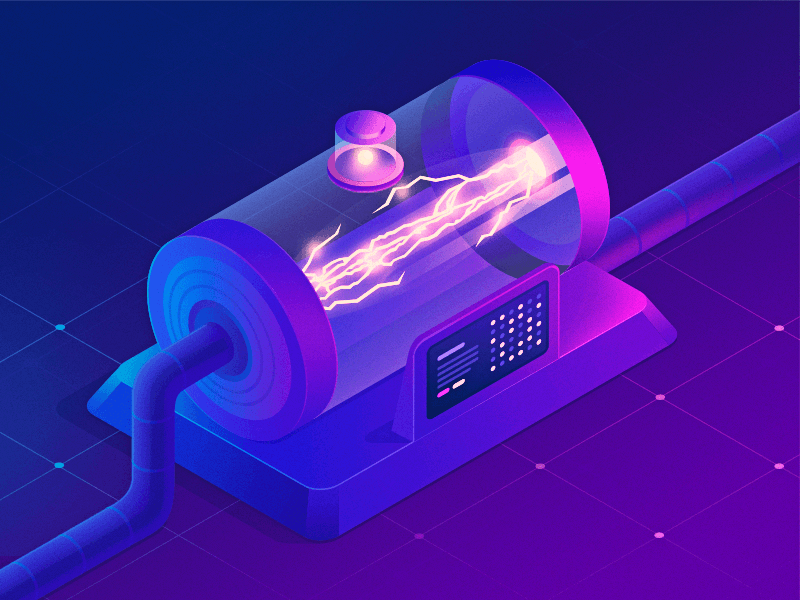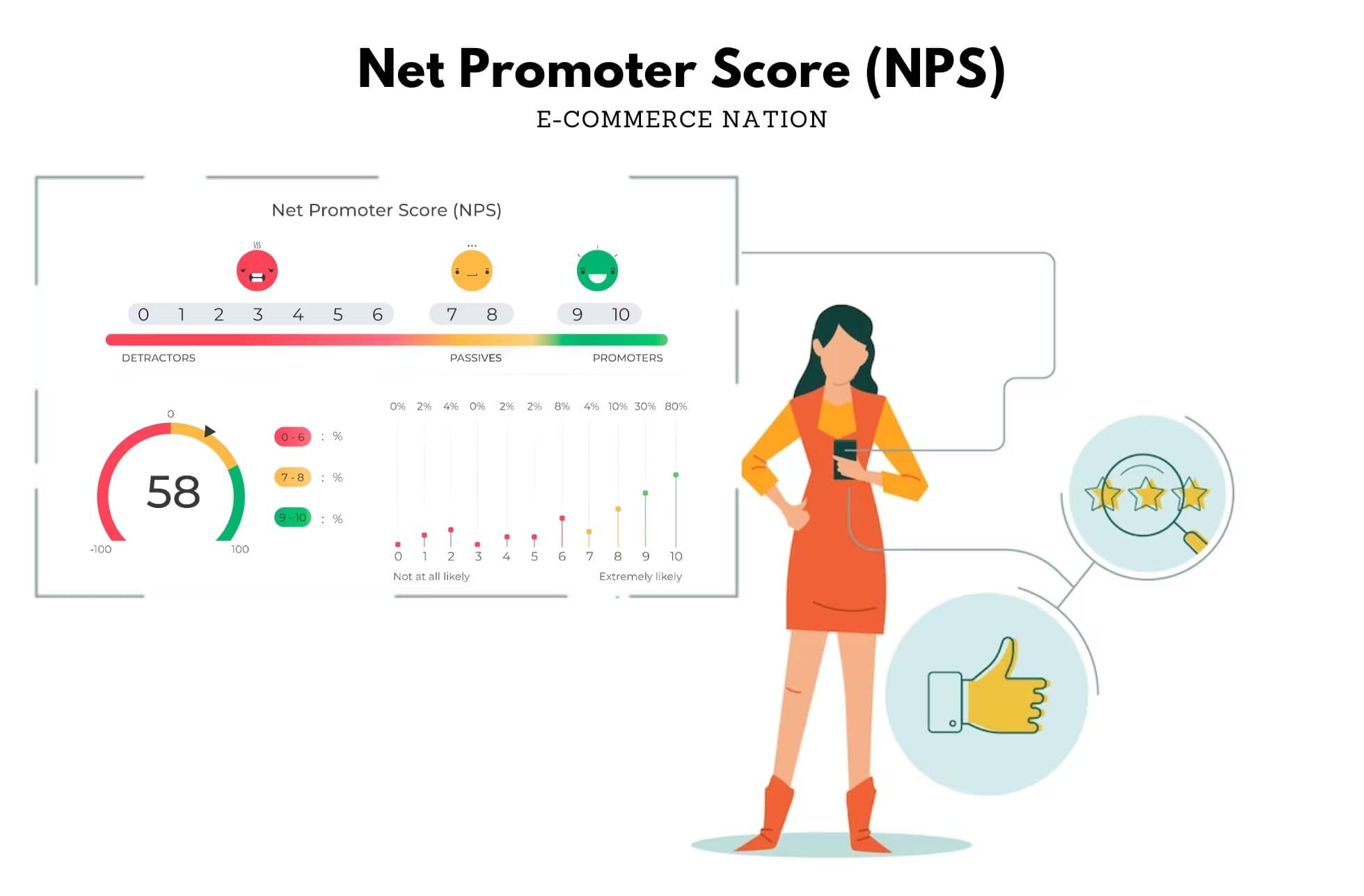Google ‘machine learning definition’ and you’ll see this, ‘Machine learning is a type of artificial intelligence (AI) that provides computers the ability to learn without explicitly being programmed. Machine learning focuses on the development of computer programs that can change when exposed to new data.’
My two year old niece learns by observing everything around her. She sees her uncle grab a broom to sweep up a mess the dog made, she’ll grab her kiddie broom and do the same. When I talk on my smartphone, she’ll grab her shoe and start talking into it as well.
This is in essence is what machine learning about – getting a computer (my niece) to do something without telling it what to do. As my niece gets older, she’ll get exposed to more people/things (data) and her ability to pick up and process things will grow exponentially.
What Does Machine Learning Have to Do With the Future of E-commerce?
Now, you are probably wondering what machine learning and how a toddler learns have to do with the future of e-commerce? Well plenty actually!
Let’s say I log onto my favorite e-commerce site (typically some fitness wear e-retail shop) and purchase a red t-shirt. Irrespective of clicks and scrolls, I went through a certain pattern/website roadmap to buy that shirt.
Now, it is a few weeks later, and another person goes through a similar pattern that I did to purchase that shirt – now, using machine learning in e-commerce, your site will recognize that this prospect will probably end up buying a red t-shirt. All this done is done without specifically programming your site to watch out for red t-shirt buyers.
Your e-commerce site, via the power of machine learning, has learned my red t-shirt buying pattern and is able to predict that the new visitor will end up buying a red t-shirt. Now, what if someone comes on and buys a green t-shirt (not everyone looks good in red)?
Awesome, what next? Well, machine learning will recognize the path that the new customer went through to buy the green t-shirt and will keep that in its memory bank for the next person who exhibits a similar behavior pattern to buy a green shirt. With the green t-shirt example, your e-commerce site is being exposed to new data and machine learning is there to learn the new pattern.
An Exponential Growth of E-commerce
Consider these e-commerce statistics :
- According to a recent report from the US Department of Commerce, e-commerce sales brought in $394.9 billion in 2016.
- An article published by Emarketer on Aug 22nd of 2016 state that ‘worldwide retail e-commerce sales will reach $1.915 trillion this year. Double-digit growth will continue through 2020, when sales will top $4 trillion’
Also consider average conversion rates :
- First time visitors: 5.10%
- Repeat visitors: 2.50%
- Cart abandonment rate: 71.30%
With the seemingly exponential growth of E-commerce in the foreseeable future and current abysmal conversion rates, the power of machine learning is now being realized in 2017 and beyond. Imagine if your site generates over 10K, 50K, 100K + visitors a month. What do you do? Well, with machine learning in e-commerce, you can :
- Treat each visitor as an individual: you can offer personalized recommendations based on the patterns that may or not match previous users from the moment they enter your site.
- Segment your customers: you can determine what kind of user this is via the AI’s algorithm and segment the user into one of several possibilities that your site will automatically respond to.
- Predict churn: Is this a user that’s exhibiting behavior of a customer that will bounce? Will this be a returning customer? These are things that smart personalization can determine.
- Determine buyer intent to purchase whether anonymous or known: Using these algorithms, you can better predict the pattern that users take before they become customers and you can predict whether or not a particular user will be more or less likely to purchase. If they end up bouncing, you know that this is a user that might purchase if sent a call-back email, for example.
- Identify hidden patterns: There might be factors and patterns in your site and UX that you didn’t know existed. This can help you to optimize your checkout experience and create a better look and feel of your site.
- Score visitors on propensity to buy: Understanding the behavior pattern of a person who is inclined to purchase will be the first step in better understanding your customers and learning how to better reach them.
The benefits of machine learning in e-commerce include:
- Increased online sales conversion: If you have a user who is following the same patterns of another user who has purchased, you can alter your site’s UX to optimize that funnel for conversion.
- Reduced customer support costs: When you’re showing the right product to the right person at the right time, there will be far fewer errors to deal with.
- Improved customer and brand loyalty: Customers not only value a personalized experience, they demand it. Giving your users the best in personalized UX is the best way to start fostering brand loyalty.
- Improved buyer experience: What’s better than seeing exactly what you’re looking for? Having a UX that responds to a user in real time is the perfect way to optimize your site.
At a time, AI and machine learning in e-commerce was a dream of the future. However, it’s becoming more and more of a reality today.
Don’t you know you’re already using it?
Are you still skeptical about the power of machine learning and how it can improve your e-commerce conversion rates? Think it’s a bunch of snake oil being peddled by the mainstream media? Fear not, machine learning has been around since the 1950’s, however, it in recent years, we’ve seen a lot of machine learning protocols being applied to industries such as retail, healthcare, finance, and cyber security.

Believe it or not, you are using machine learning in your everyday life such as:
- Netflix – recommending shows to watch based on what you have watched previously
- Facebook – automatically recognizing people in your photos
- Siri/Alexa – recognizing your voice commands
- Nest – automatically setting the temperature of your house when you are home
Embrace the awesome power of machine learning. The Future is Now, and machine learning will continue to have an ever increasing impact in both our personal and business lives. Next up, using machine learning, to turn the big data from all your web visitors into actionable insights via a predictive buyer score!
How do you think machine learning can disrupt e-commerce? Tell us below or Tweet us!
Image credit : Walid Beno





